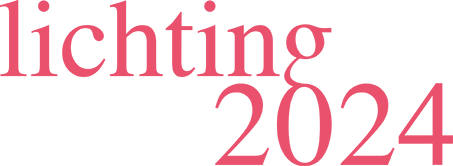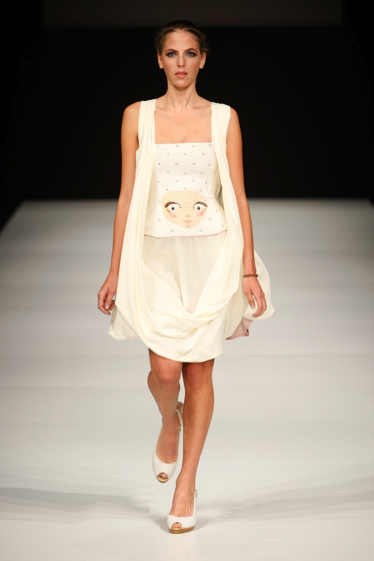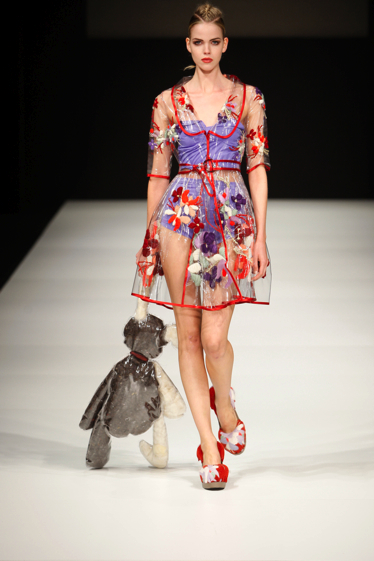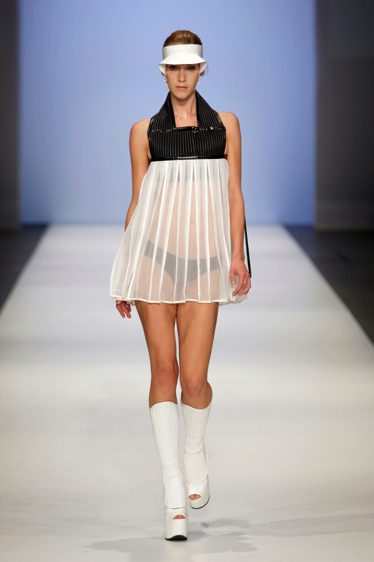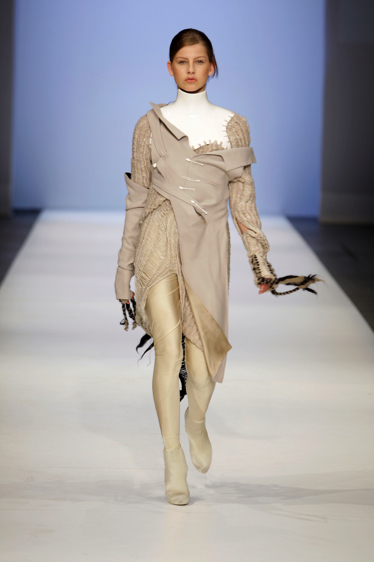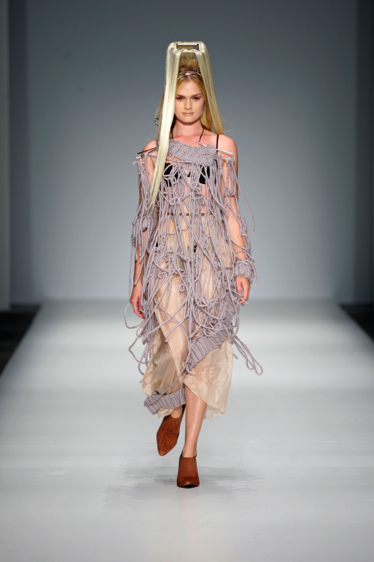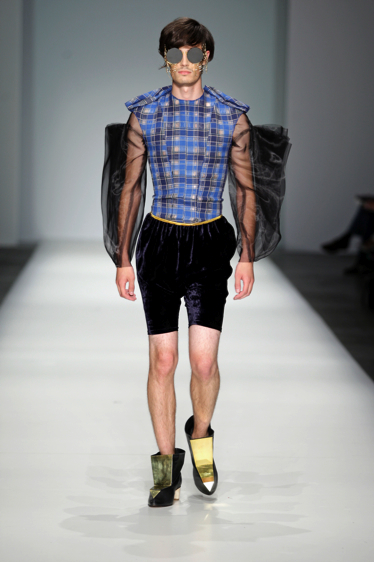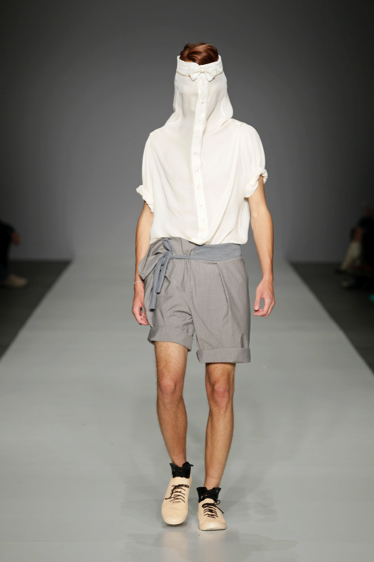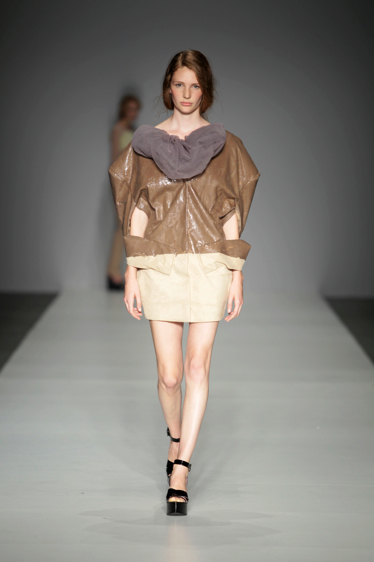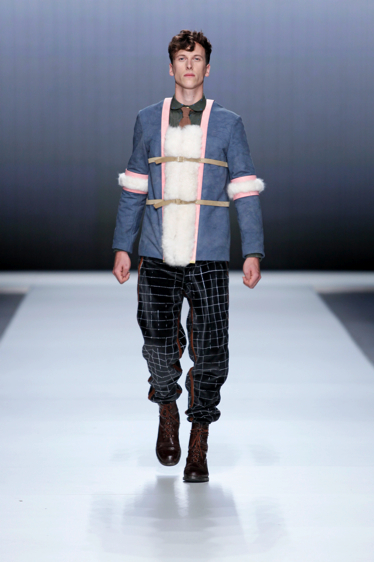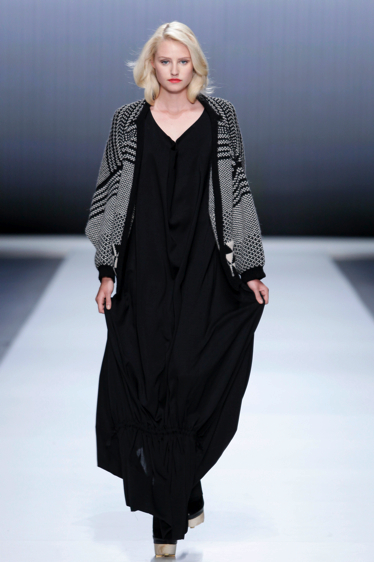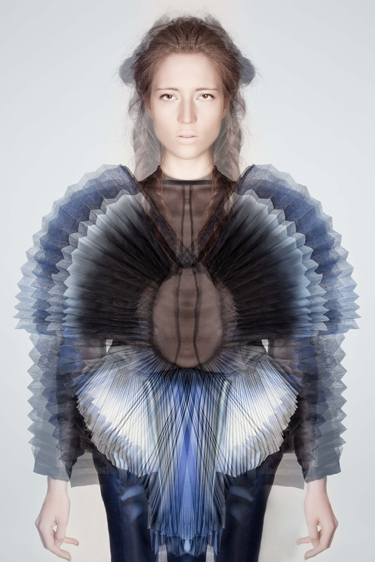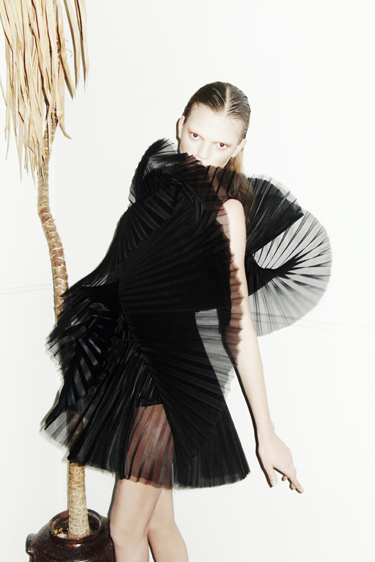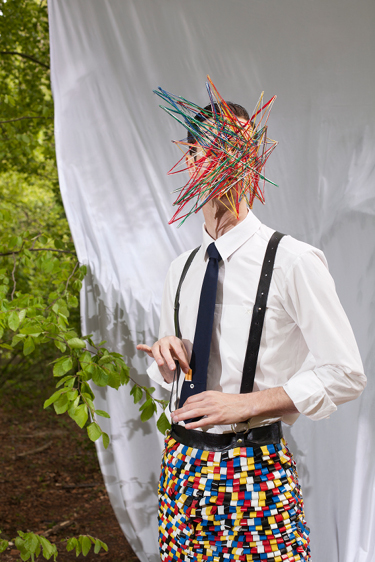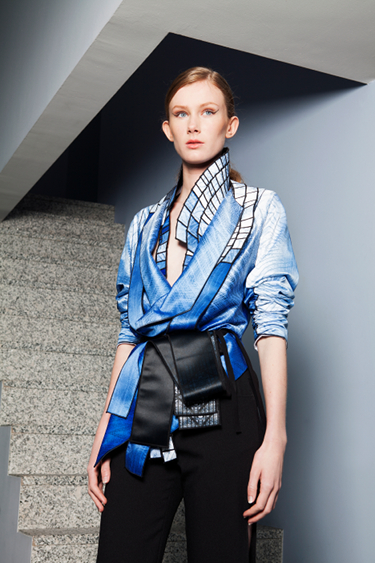- Royal Academy of Art, The Hague
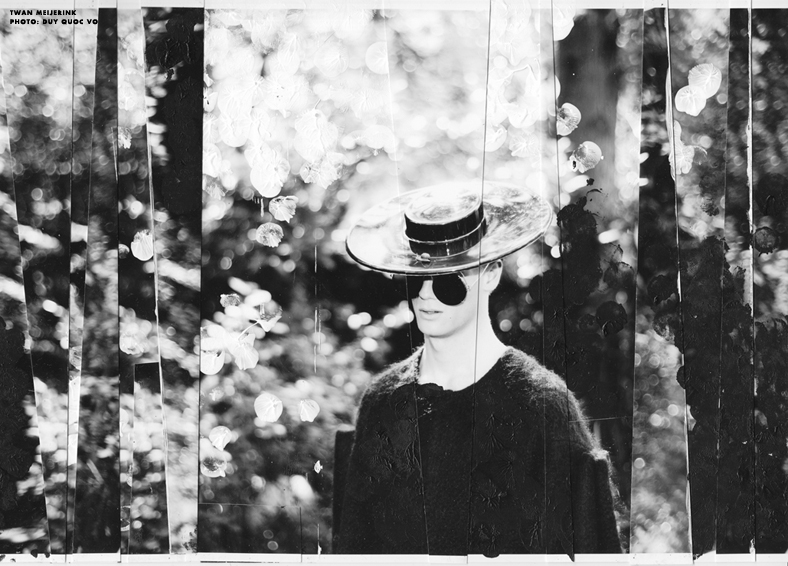
- SUMMARY
History
Since 2003, the textile and fashion department at the Royal Academy of Arts (KABK) in The Hague has recruited fashion designers Erik Verdonck (head of department), Marina Yee (teacher) and co-founder of the Flanders Fashion Institute Gerdi Esch (interim head) to give the department a new impulse. They brought with them the methodology and philosophy of the famous academy in Antwerp. Craftsmanship, exploration and authenticity are the key elements there and also in our course.
Vision
Our aim is to train the most fully-rounded designer possible. It begins with historical awareness: placing a collection in a relevant context. Working from that idea, the student can build up a collection. Developing the fabrics personally, creating an authentic own language of form and in so doing, presenting an individual vision. In this way, the student must demonstrate that he or she can set their own course in order to function within the professional arena. Either as an independent designer or working for a client.
Signature
We teach the students to be authentic and fully-rounded early on in the study. From historical and socio-cultural studies they learn to develop their own fabrics, shoes, model image and language of form so that they can present their own unique perspective on the fashion image. With many teachers from the international field of fashion and the extensive professional facilities present in the department, the students are stimulated to aspire to a high international level. However, what makes our department ‘different’ is that students are initiated into both the fashion language of form and textile techniques in their first year, so that traditional and tactile elements are strongly present in the work produced by our fashion students.
Piece of Advice
Gain as much experience as possible. Qualify yourself by following a Masters course or gaining practical experience on work placements. This time of learning is necessary to acquire more realistic perceptions. You also need this time to find your own place in the world of fashion. So that you can become a qualified professional designer. After all, creativity alone is not enough.
Lichting
Each fashion academy in the Netherlands works on its own profile. Lichting provides a platform for all the academies to present it. The diversity creates an interesting fashion landscape—an image that every academy can be proud of. An image that we would also like to present internationally.
“Each fashion academy in the Netherlands works on its own profile. Lichting provides a platform for all the academies to present it. The diversity creates an interesting fashion landscape—an image that every academy can be proud of. An image that we would also like to present internationally.”
Address
Prinsessegracht 4
2514 AN The Hague
The Netherlands
